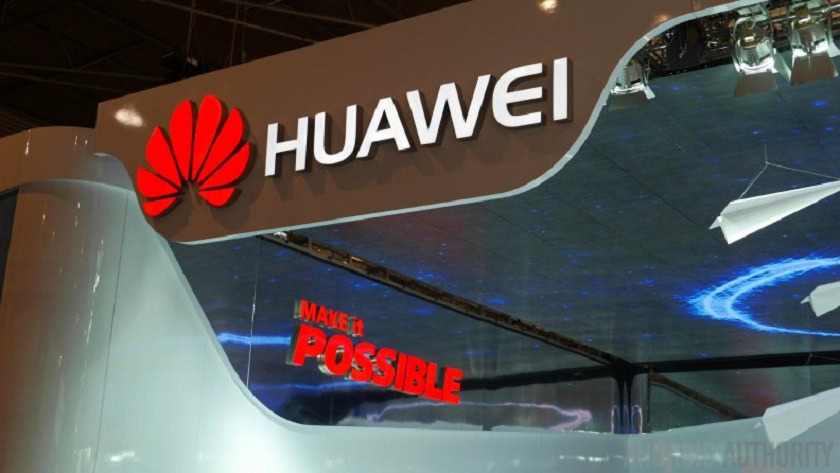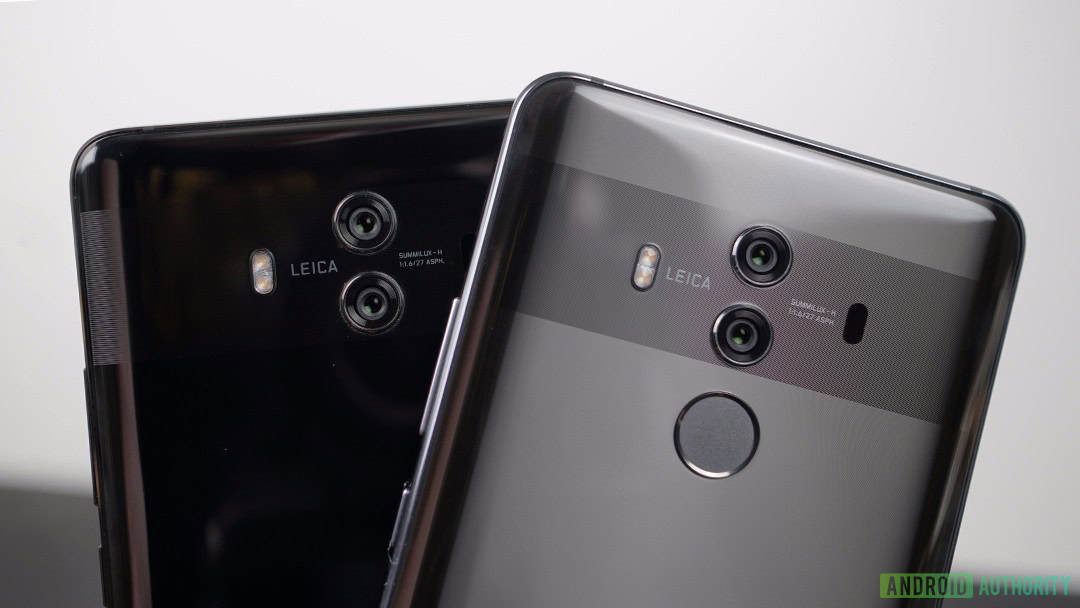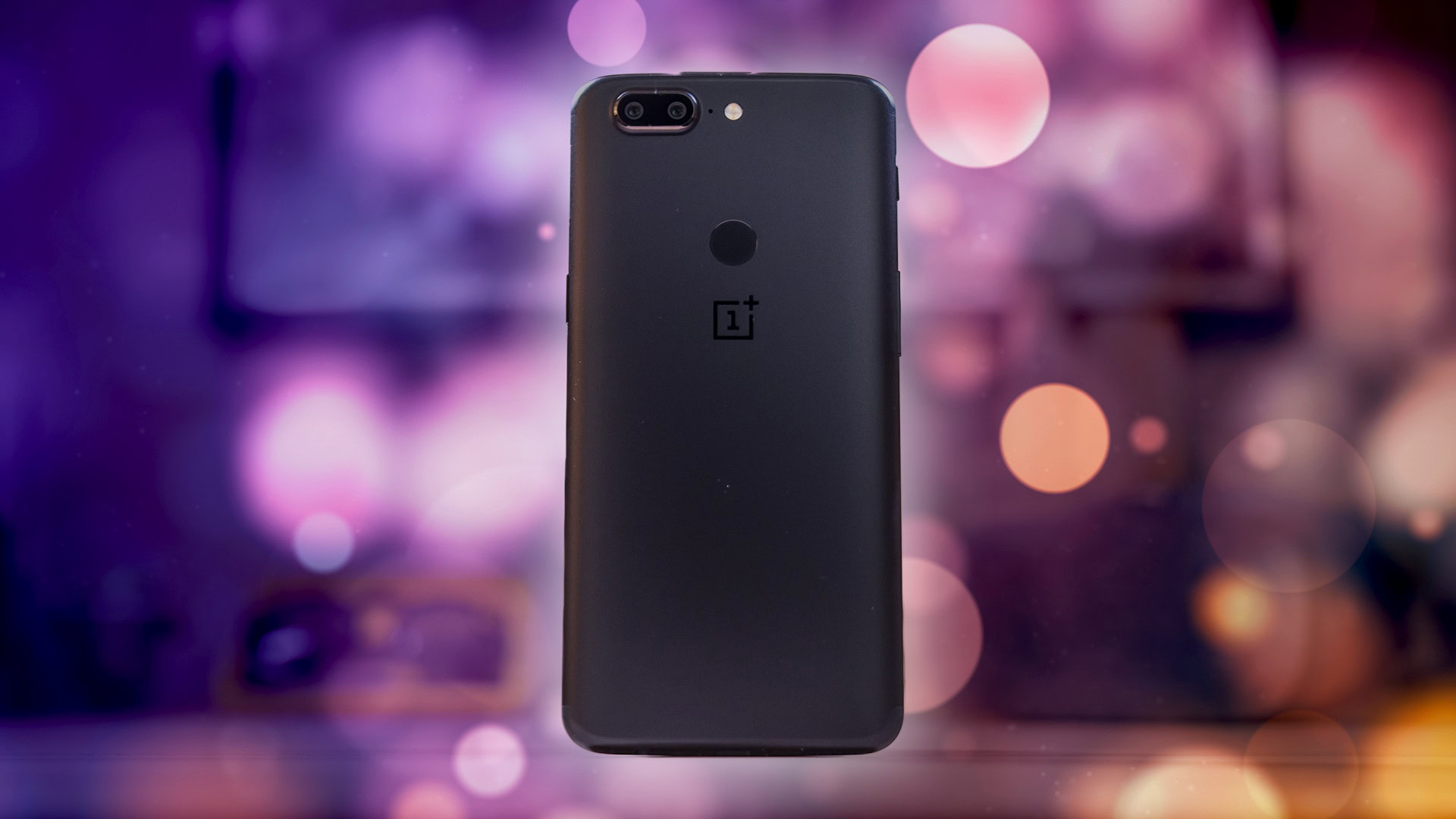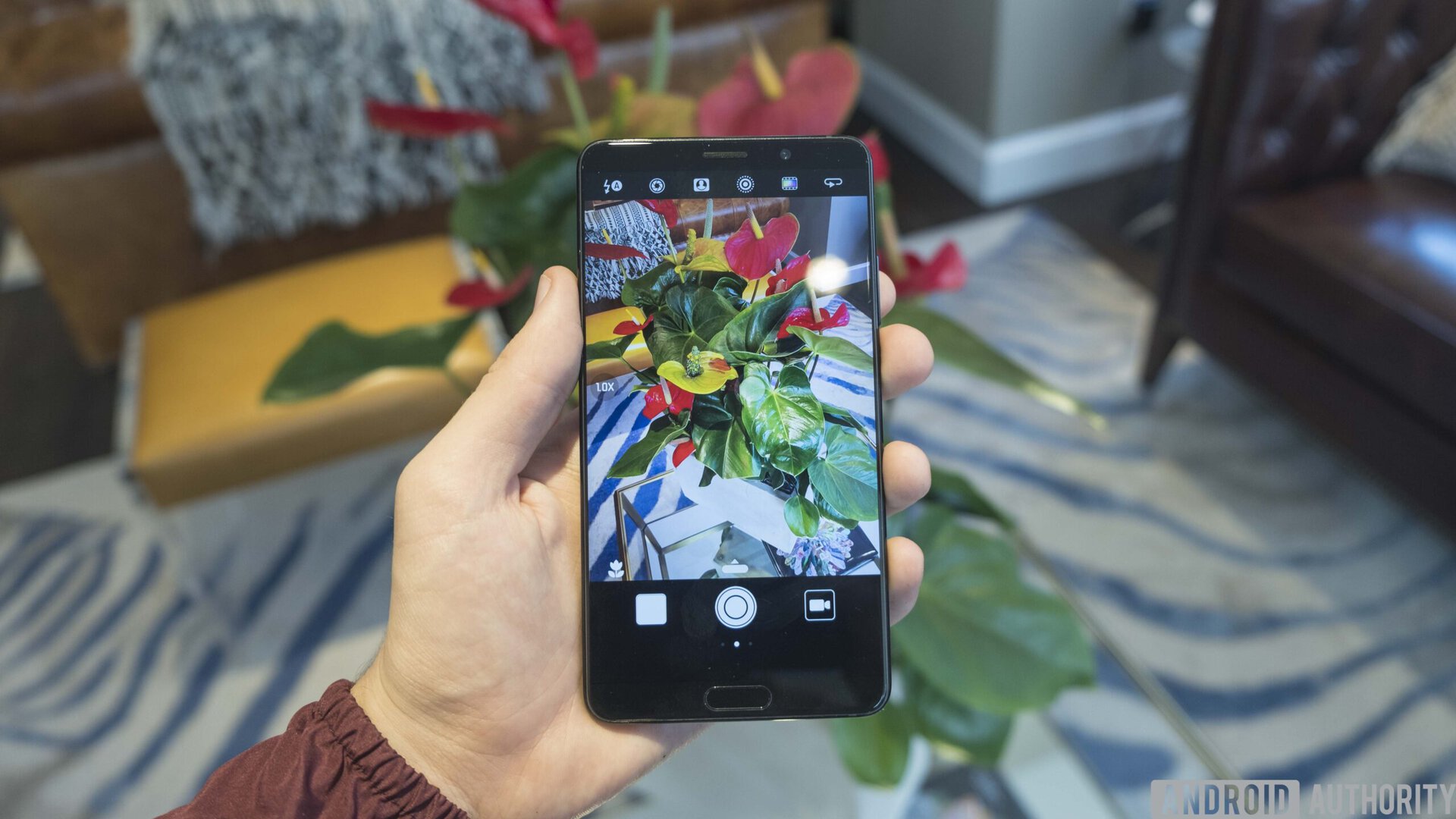Affiliate links on Android Authority may earn us a commission. Learn more.
Can HUAWEI finally find success in the United States?
Published onJanuary 2, 2018

For a long time people have thought of cell phones as a two-horse race: Apple or Samsung. Sometimes you’d go out of the norm and grab a phone from LG, HTC, or Sony, but Apple and Samsung have always been the biggest players in the United States.
That could be about to change.
The tide of Chinese Android OEMs is rising fast, and it’s about to hit U.S. shores. Huawei seems best positioned to make an impact, But still has a few obstacles to overcome.
Problem 1: Limited availability

Some of HUAWEI’s devices are actually already on sale in the United States. But you might not know that since the company generally doesn’t advertise. It’s also very rare to find them in a brick-and-mortar retailer. HUAWEI sells its devices on the web through its site and online storefronts like Best Buy and Amazon, but there’s nowhere you can go to hold it in your hands and walk out with it the same day.

That’s a huge problem.
Phones are becoming an increasingly significant part of our life. They often cost upwards of $1,000 and we use them to do almost everything. Whether reading news, checking tomorrow’s weather, or binging on YouTube, the small screen in our pocket is often where we turn first. Few are willing to shell out the better part of a thousand dollars for something they’ve never held in their hands, especially when that device plays such a significant role in their everyday life.
To address this, HUAWEI will likely team up with AT&T and Verizon, the country’s largest carriers, to sell the HUAWEI Mate 10 Pro in stores. HUAWEI couldn’t have picked a better phone to make its first impression on customers. By all accounts, the Mate 10 Pro is a fantastic device. It has excellent battery life, one of the best cameras on the market, and it’s a speed demon. It won our Best of Android 2017 award, outperforming devices like the Samsung Galaxy Note 8, Google Pixel 2 XL, and LG V30.
HUAWEI hasn’t officially announced which carriers will sell the Mate 10 in the U.S., but we should hear more details at CES 2018.
The Mate 10 Pro must be first of many devices available to customers
If HUAWEI wants to succeed in the United States, the Mate 10 Pro needs to be the first of many devices available to customers. Following it with mid-range and budget devices will cement HUAWEI as a real option no matter how your budget. HUAWEI has had one foot in the door for several years; now it needs to actually walk through it.
Problem 2: The trust factor
Getting into carrier stores will solve HUAWEI’s most significant issue, but the lack of availability isn’t its only obstacle. HUAWEI is a Chinese company, and whether or not they want to admit it, many people have a negative view of China and Chinese companies. According to a Pew Research poll, just 38 percent of Americans view China favorably. That compares to a global median of 55 percent across 39 countries.
Digging further into the numbers, 86 percent of respondents thought the threat of Chinese cyber attacks was either a very serious or somewhat serious issue. So, not only do we have a group of consumers that already view the country of origin unfavorably, but they’re also worried about the security of their data. Since HUAWEI is a Chinese company, it is somewhat tainted by American views on the country as a whole. This can lead to hesitation at buying a device from a Chinese company, as our phones store some of our most private and intimate information.
The question for HUAWEI is what it can do about this. Can smart advertising change the minds of the American consumer? The numbers don’t tell us how easily people will be swayed. Right now, HUAWEI is a bit of an unknown to most people. Once it gets a better public profile, the fears around it may fall away. It’s a lot easier to trust a company that you feel you know.
Problem 3: Crowded marketplace
In the early years of cell phones, almost no one had one. Now everyone has a one. That’s a problem for a company like HUAWEI.

Sure, we don’t keep our phones forever, but it’s significantly harder to get someone to switch to your device than get them to upgrade from a previous version. Customers know what to expect from a brand they know, and feel comfortable that they’re not going to get any surprises when they upgrade. Getting iPhone owners to change is an even harder battle. Once you spend money in an app ecosystem, it’s harder to walk away from those purchases.
HUAWEI isn’t the only one to face this problem. A few companies broke into the U.S. market and HUAWEI could take cues from their successes.
One of the most successful “out of nowhere” stories in the tech world has been OnePlus. The company has some well-established sister brands worldwide, but OnePlus is the only one to take on the United States. How did it work? OnePlus won on price. Its first flagship phones launched at around $300, something that only Nexus devices could compete with.

As more OnePlus models hit the market, the price has increased, but it’s still considered a relative bargain. When you put a OnePlus 5T next to a Samsung Galaxy Note 8, it has similar (or better) specs for almost half the price. It’s easy to see why some people have chosen OnePlus.
Essential released its fantastic Essential Phone this year. The phone didn’t sell as many units as I’m sure the company would’ve liked, but it made an impact on the market. It gained a carrier partner with Sprint, and the phone continues to be updated and tuned to this day. It wasn’t the most impressive debut we’ve seen from a company, but that it’s still around despite some serious issues says something.
So why do people love this phone? The design. The Essential Phone is one of the most attractive on the market. It has fantastic build quality, and its almost entirely bezel-free design and ceramic body give it one of the most unique looks on the market. People flock to good design, and that’s what Essential was banking on. After many updates and a permanent price drop, the Essential Phone has become a compelling option again in a rather crowded field.

Can HUAWEI emulate either? Pricing details for the Mate 10 Pro haven’t been released yet, but HUAWEI Technologies Consumer Business Group CEO Richard Yu recently stated the phone will be “competitively priced” in the U.S.. That could be compared to the Apple iPhone X and Samsung Galaxy Note 8 or cheaper phones like the Samsung Galaxy S8 and LG V30. Design is a pretty subjective department, but as you can see in our gallery, the Mate 10 Pro looks pretty sharp.
Built for success?
HUAWEI has all the makings of a powerhouse. Its phones are well designed, fast, and affordable. The company appears to be on solid financial ground, as it is the world’s third largest phone manufacturer already. Can those positives translate into success in the U.S. market?
As we’ve laid out, HUAWEI has some real obstacles to overcome. Its previous false starts in the U.S. may actually end up being positives, giving HUAWEI valuable insight into what not to do. Companies rarely get multiple opportunities to make a first impression, but HUAWEI is in that very situation. Its earlier efforts were big enough to gain knowledge about the market without tainting its image.
If HUAWEI is serious this time, it will probably succeed in the United States regardless of the obstacles. But it has to really commit. It can’t just release one phone in stores and rely on online sales for the rest for success. The company will need multiple phones in brick-and-mortar stores and an advertising campaign to boot.
If it wants to stay around, it needs to act like it has been here the entire time.